Breast Asymmetry Correction in Los Angeles
Breast asymmetry is a common concern for many, and it’s vital to acknowledge that some degree of difference between breasts is perfectly normal. In Los Angeles, where aesthetics and physical well-being often take center stage, addressing breast asymmetry has become a specialized focus area for Dr. Dadvand. Whether the variations are in size, nipple position, areolar size, or overall shape, achieving perfect breast symmetry is possible through precise correction strategies.
Understanding Your Breast Asymmetry
Breast asymmetry involves a range of differences between the breasts. This condition can be congenital, developmental, or result from changes like weight fluctuations, pregnancy, breastfeeding, or previous surgeries. Interestingly, the condition isn’t exclusive to women; it can also manifest in men as a form of gynecomastia. Addressing asymmetry with breast asymmetry surgery requires a personalized approach, carefully designed to meet each individual’s unique needs and aspirations.
Personalized Approaches to Breast Asymmetry Correction
Size Asymmetry
This can range from subtle to significant. The corrective strategy, whether through reduction or augmentation, depends on your desired outcome. Minimal scarring breast reduction, utilizing liposuction, offers an effective solution for mild asymmetry without ptosis. For more pronounced size differences or when ptosis correction is desired, surgical options include breast reduction for the larger breast or augmentation with implants. Achieving both volume and shape symmetry is crucial, necessitating careful implant selection and possible tissue removal as part of the process.
Nipple Asymmetry
Nipple asymmetry, where one nipple may be higher, lower, or differently positioned than the other, is a common aspect of breast asymmetry many face. This condition, while often subtle, can significantly affect the aesthetic harmony of the breasts. When the difference in nipple positions varies by more than 1 cm, corrective measures become an option worth considering. These corrections can range from minor adjustments to more significant procedures, depending on the individual’s unique situation and desired outcome.
For slight variations, a crescent lift might be performed. This involves a discreet incision along the top half of the areola, removing a crescent of skin to subtly raise the nipple to a more symmetrical level. However, for differences of 2-3 cm or more, a crescent lift may not suffice due to potential distortion of the areola shape. In these cases, a more comprehensive approach, such as a circumareolar lift (often referred to as a Benelli lift), is advised, where the incision encircles the entire areola. For even greater discrepancies in nipple positions, a full mastopexy or breast lift may be necessary, using incisions that extend beyond the areolar perimeter to achieve optimal symmetry.
Areola Asymmetry
Areola asymmetry is another facet of breast unevenness, characterized by differences in size, shape, or both between the two areolas. One areola might be significantly larger or shaped differently compared to its counterpart, contributing to a sense of imbalance. Addressing areola asymmetry is a delicate process that can dramatically enhance the breast’s aesthetic appearance, providing a more balanced and proportionate look.
Areolar reduction or reshaping can be performed as standalone procedures or in conjunction with other breast surgeries, such as augmentation, to ensure overall symmetry. When performed alone, areolar adjustments can often be done under local anesthesia, offering a minimally invasive option for those seeking correction without additional breast modifications. If combined with breast augmentation or other surgeries, general anesthesia is typically required.
Breast Asymmetry Surgery
Breast asymmetry correction surgery is tailored to address the unique needs of each patient. Performed on an outpatient basis, this surgery primarily utilizes general anesthesia to provide comfort and safety during the procedure. The duration of the surgery varies significantly, reflecting the complexity and specific requirements of each case of asymmetry.
After the asymmetry breast surgery, women are equipped with surgical tapes and a supportive bra to aid in the healing process, while men may be fitted with a compression vest to promote optimal recovery. The use of drains is uncommon, reserved only for procedures involving moderate to significant tissue reduction.
Post-operative care is a crucial component of the surgery process. To mitigate the risk of infection and aid in a smooth recovery, patients are prescribed antibiotics and pain medication for the week following surgery. Dr. Dadvand also recommends patients take approximately one week off from work to rest and recuperate.
The Recovery Process
Recovery from surgery varies based on the extent of the procedure. Generally, you can expect to take one week off from work, with restrictions on strenuous activities for up to 4 weeks. Pain management and antibiotics will be part of your post-operative care to ensure a smooth and comfortable recovery. Following post-surgery instructions is crucial for optimal healing and achieving the best possible outcome.
Risks Associated with Asymmetry Breast Surgery
Like all surgical procedures, breast asymmetry surgery comes with its set of risks. These may include infection, scarring, changes in nipple or breast sensation, and the possibility of requiring revision surgery. During your consultation, these risks will be discussed in detail to ensure you’re fully informed before making any decisions.
Choose Dr. Dadvand in Los Angeles for Breast Asymmetry Correction
Dr. Dadvand’s approach to breast asymmetry correction is grounded in a deep understanding of the aesthetic and functional aspects of breast surgery. With years of specialized training and a keen eye for detail, he ensures that every procedure is executed with precision and artistry. His expertise in the latest surgical techniques provides a broad spectrum of options to address various forms of asymmetry, from minor size and shape discrepancies to more complex cases involving nipple and areolar adjustments.
Choosing Dr. Dadvand means opting for a surgeon who prioritizes communication, ensuring that you are thoroughly informed and comfortable with every aspect of your treatment plan. During your consultation, he takes the time to listen to your concerns, understand your goals, and discuss the most effective strategies to achieve the symmetry and aesthetics you desire. This collaborative approach empowers you to make informed decisions about your care and fosters a sense of trust and confidence throughout your surgical journey.
Schedule your consultation with Dr. Dadvand today and take the next step toward realizing the harmonious, confident appearance you deserve.
Breast Asymmetry FAQ
Can menopause cause breast asymmetry?
Yes, menopause can cause breast asymmetry. During menopause, hormonal changes in a woman’s body can lead to changes in breast tissue density, size, and shape. These changes might not occur uniformly in both breasts, potentially leading to or exacerbating existing asymmetry.
Will insurance cover breast augmentation for asymmetry?
Insurance coverage for breast augmentation due to asymmetry varies by provider and policy. Generally, if breast asymmetry is deemed to cause significant physical discomfort or is part of reconstructive surgery following mastectomy, insurance may cover the procedure. It is essential to consult with your insurance provider for the specifics of your coverage. Contact our LA office to find out more about our financing options.
How often is breast asymmetry cancer?
Breast asymmetry itself is rarely a sign of cancer. Most women have some degree of natural asymmetry, and it is generally considered a normal variation. However, a sudden change in breast symmetry or the appearance of new lumps or tissue thickening may warrant a medical evaluation to rule out cancer or other conditions.
What is nodular asymmetry in the breast?
Nodular asymmetry in the breast refers to the presence of nodules, or small lumps, that are detected on one breast but not the other. This can sometimes be seen on mammograms and may require further evaluation, such as additional imaging or biopsy, to determine the cause, which can range from benign conditions to more serious issues like breast cancer.
Does breast asymmetry increase with age?
Yes, it can increase with age. As women age, their breasts naturally undergo various changes due to factors such as gravity, hormonal changes, weight fluctuations, and the natural aging process of the skin and tissues. These changes can lead to increased asymmetry over time, although the degree of asymmetry and its progression varies from person to person.

By Dr. Babak Dadvand
Dr. Babak Dadvand is a board-certified plastic surgeon and portrait painter, providing a distinctive fusion of artistic and surgical skills to achieve exceptional outcomes, all while maintaining a robust ethical framework that prioritizes patient trust and satisfaction.





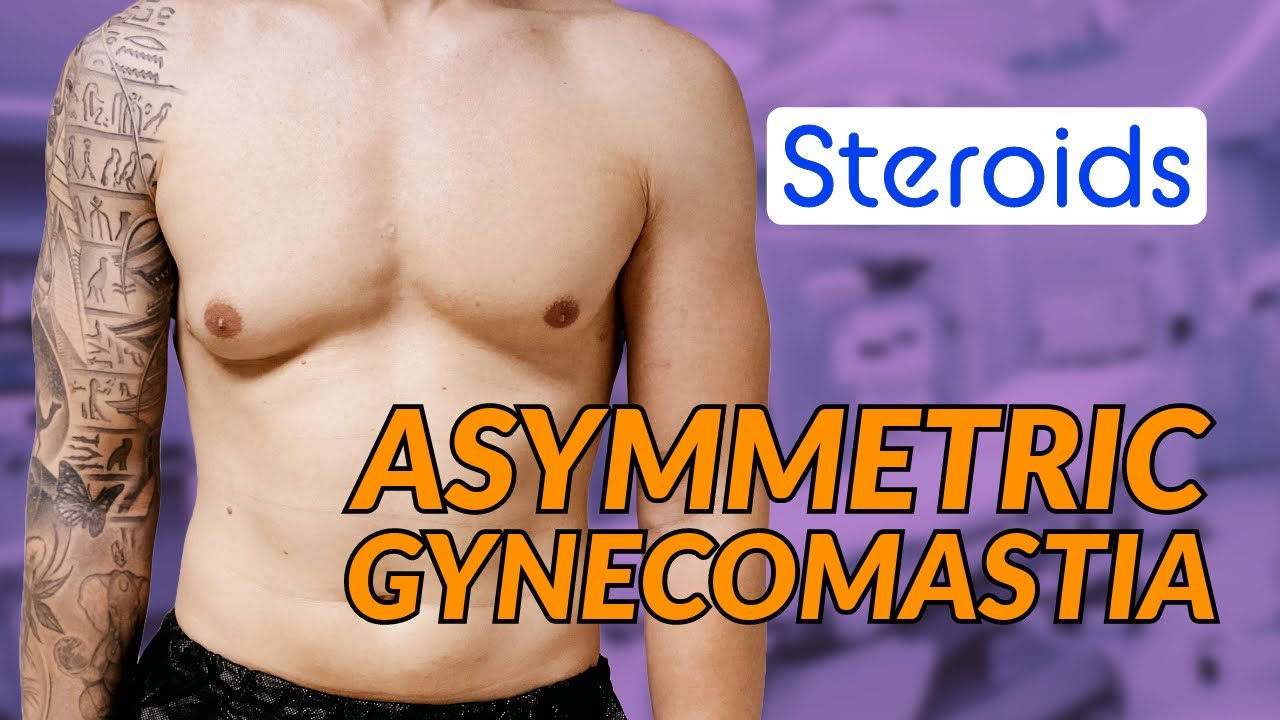
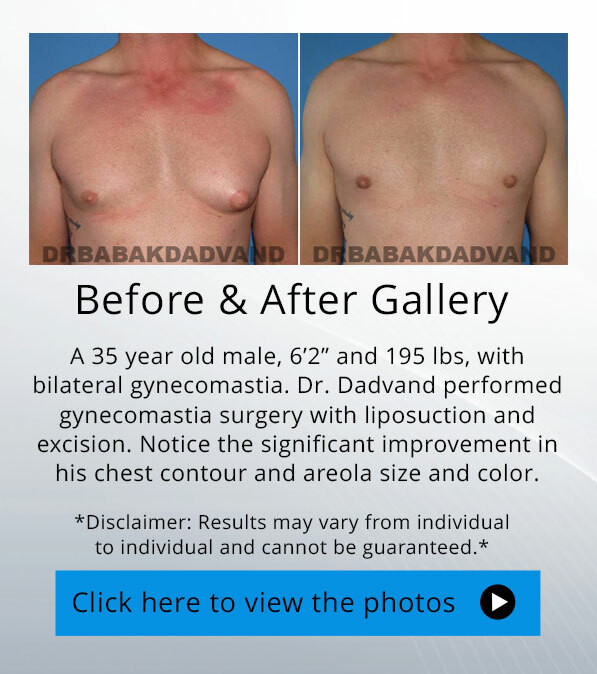
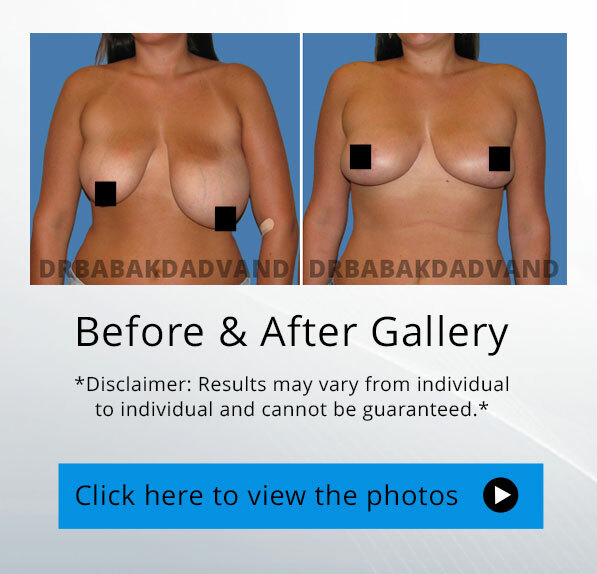
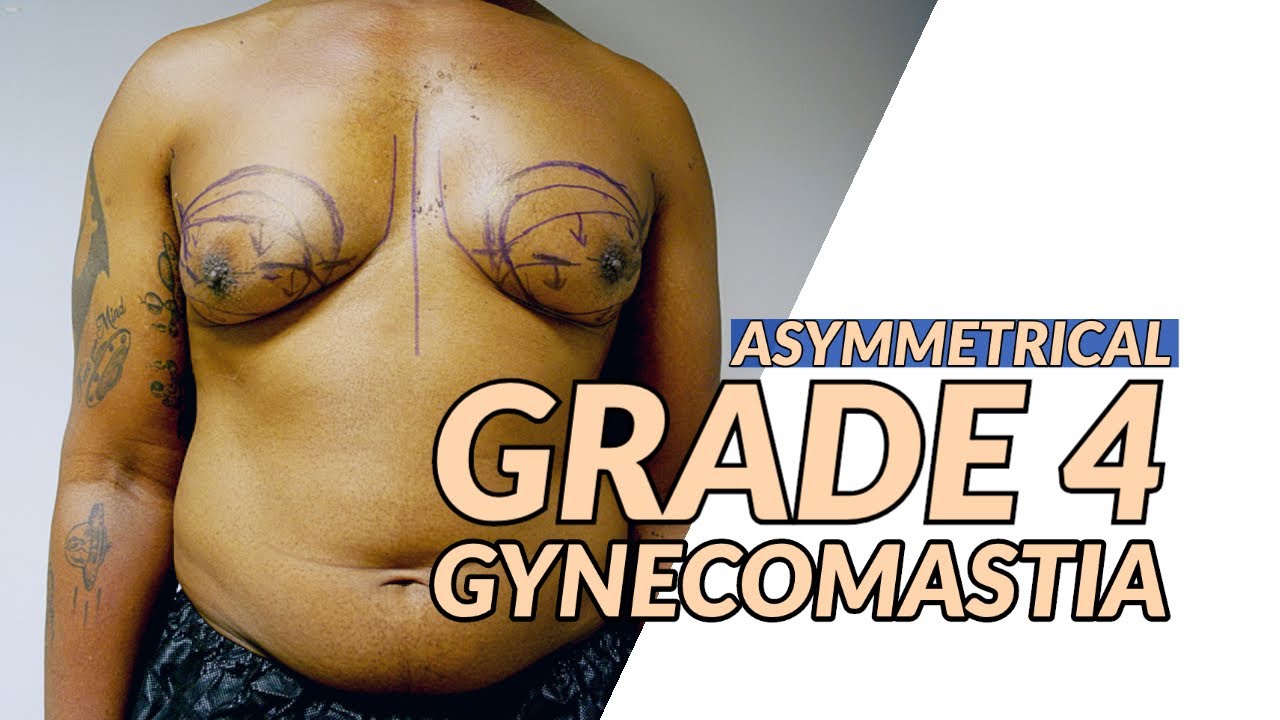

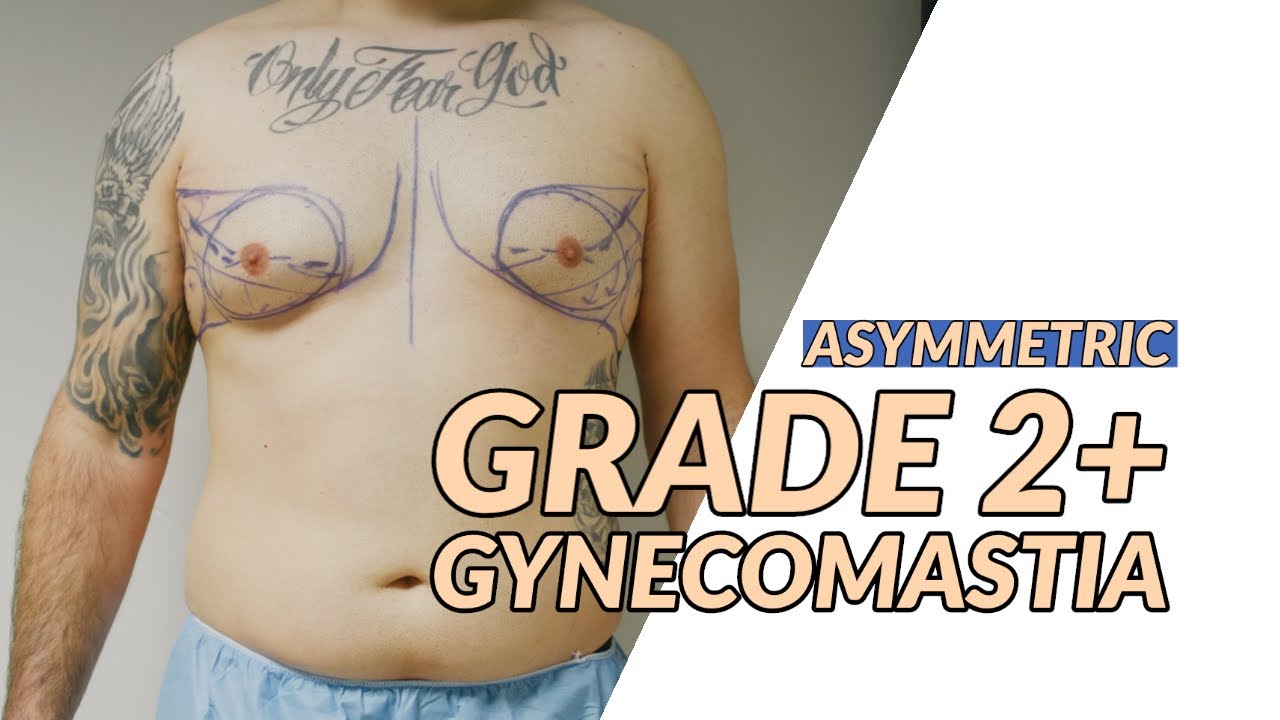



 4.9 stars - based on 106 reviews
4.9 stars - based on 106 reviews
 4.9 stars - based on 73 reviews
4.9 stars - based on 73 reviews
